While the configuration might seem unconventional to some, the 5 Cyl Engine has carved a unique niche in automotive history, celebrated for its blend of performance, efficiency, and distinctive sound. Though not the most common choice, five-cylinder engines offer a compelling middle ground between the smoothness of a six-cylinder and the compactness of a four-cylinder, resulting in some truly memorable powertrains. Let’s delve into some of the most iconic examples of the 5 cyl engine, tracing their evolution and impact on the automotive world.
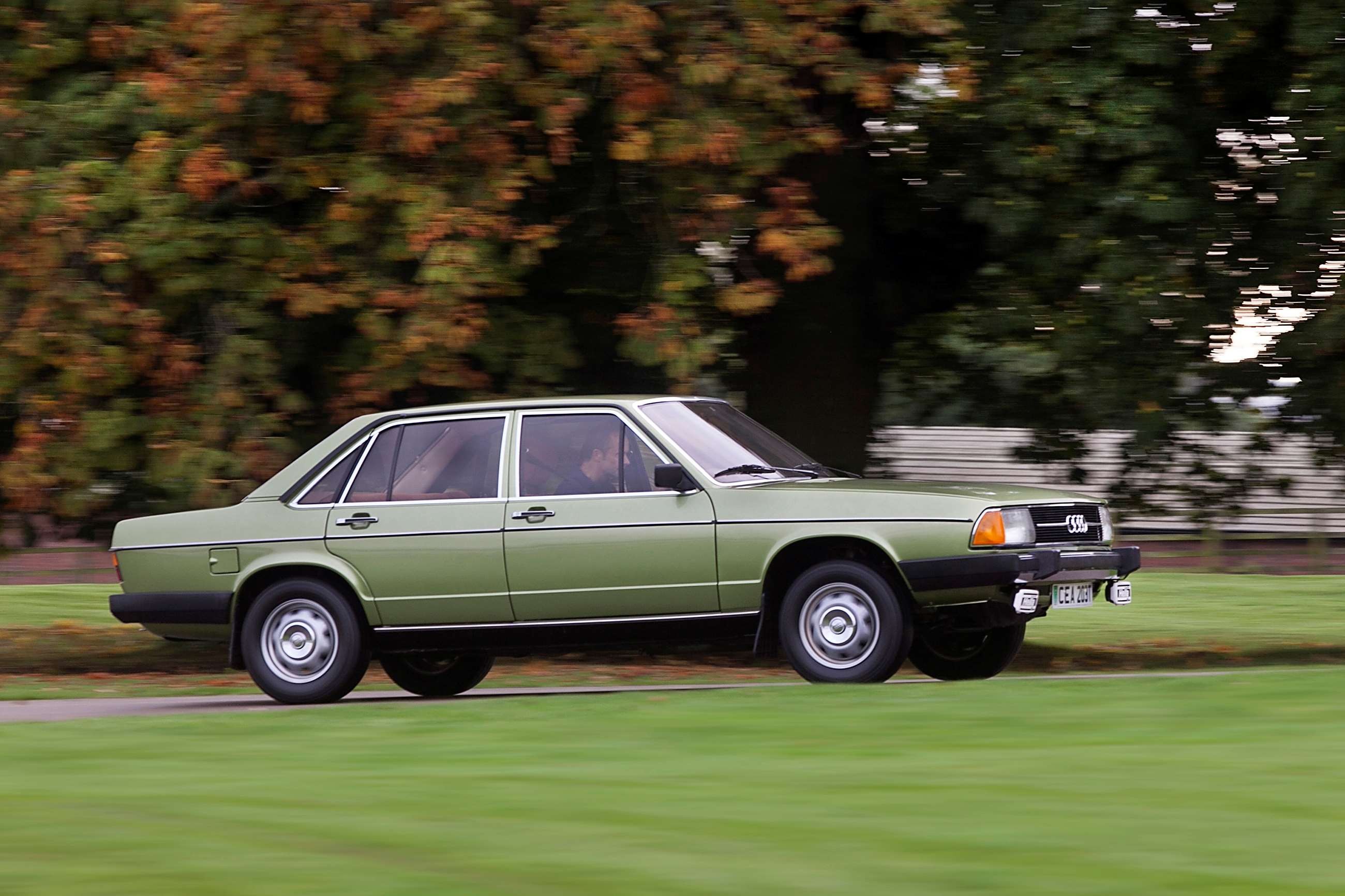 Mercedes OM617 five-cylinder diesel engine in a classic car
Mercedes OM617 five-cylinder diesel engine in a classic car
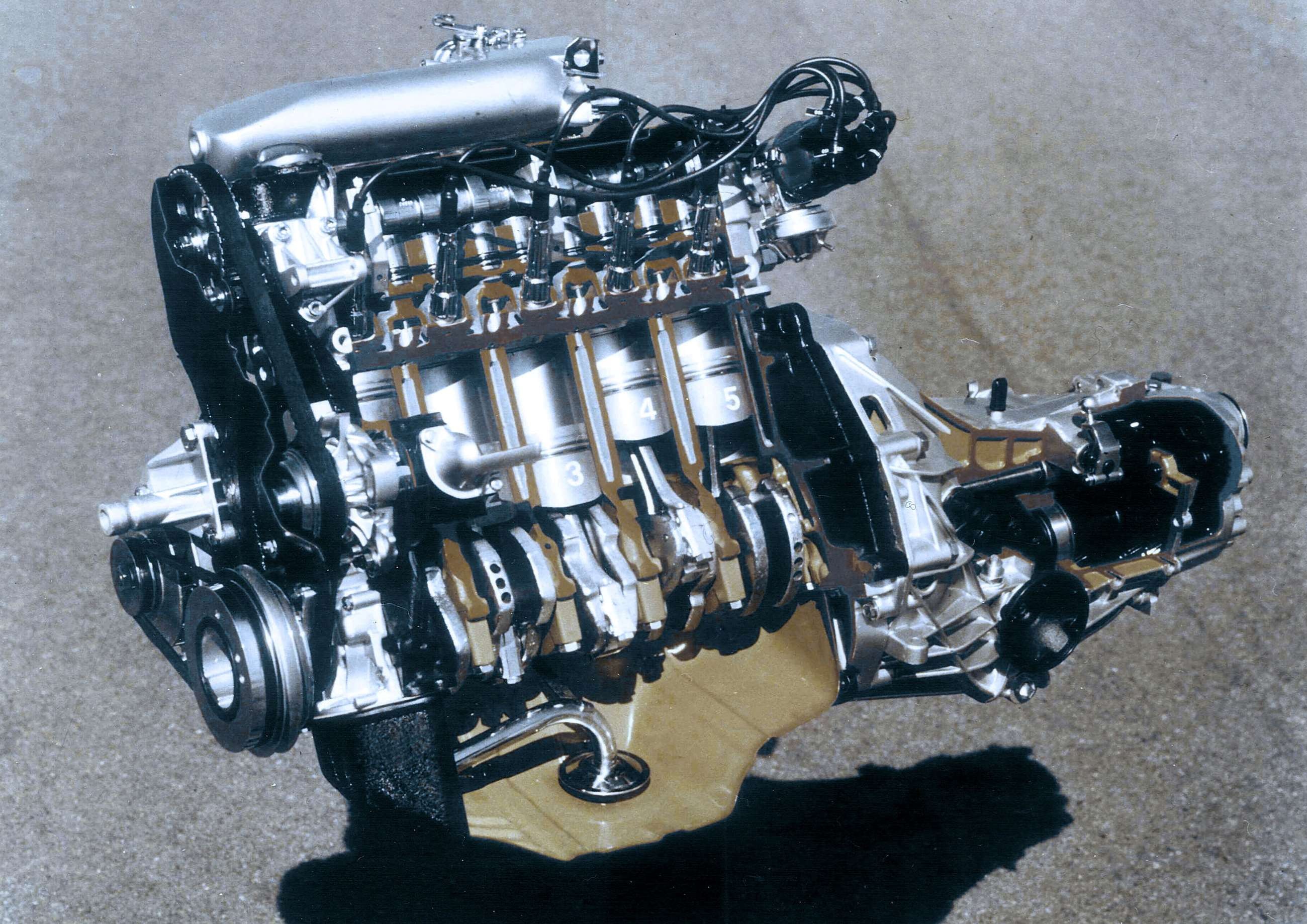 Mercedes-Benz 300D car showcasing the five-cylinder engine
Mercedes-Benz 300D car showcasing the five-cylinder engine
Mercedes-Benz OM617: Pioneering the Production 5 Cyl Diesel
The Mercedes-Benz OM617 holds a significant place in automotive history as the first 5 cyl engine to grace a production vehicle. Debuting in the 1974 Mercedes-Benz 300D (W115), this 3.0-litre diesel engine was a robust development from the 2.4-litre four-cylinder OM616. Mercedes-Benz engineers opted for the five-cylinder configuration to deliver enhanced refinement and power compared to its four-cylinder sibling, while maintaining diesel efficiency. The OM617 became synonymous with reliability and longevity, remaining in production until 1991. Its reputation as an almost bulletproof 5 cyl engine solidified its legendary status and contributed to the enduring appeal of classic Mercedes-Benz diesel models.
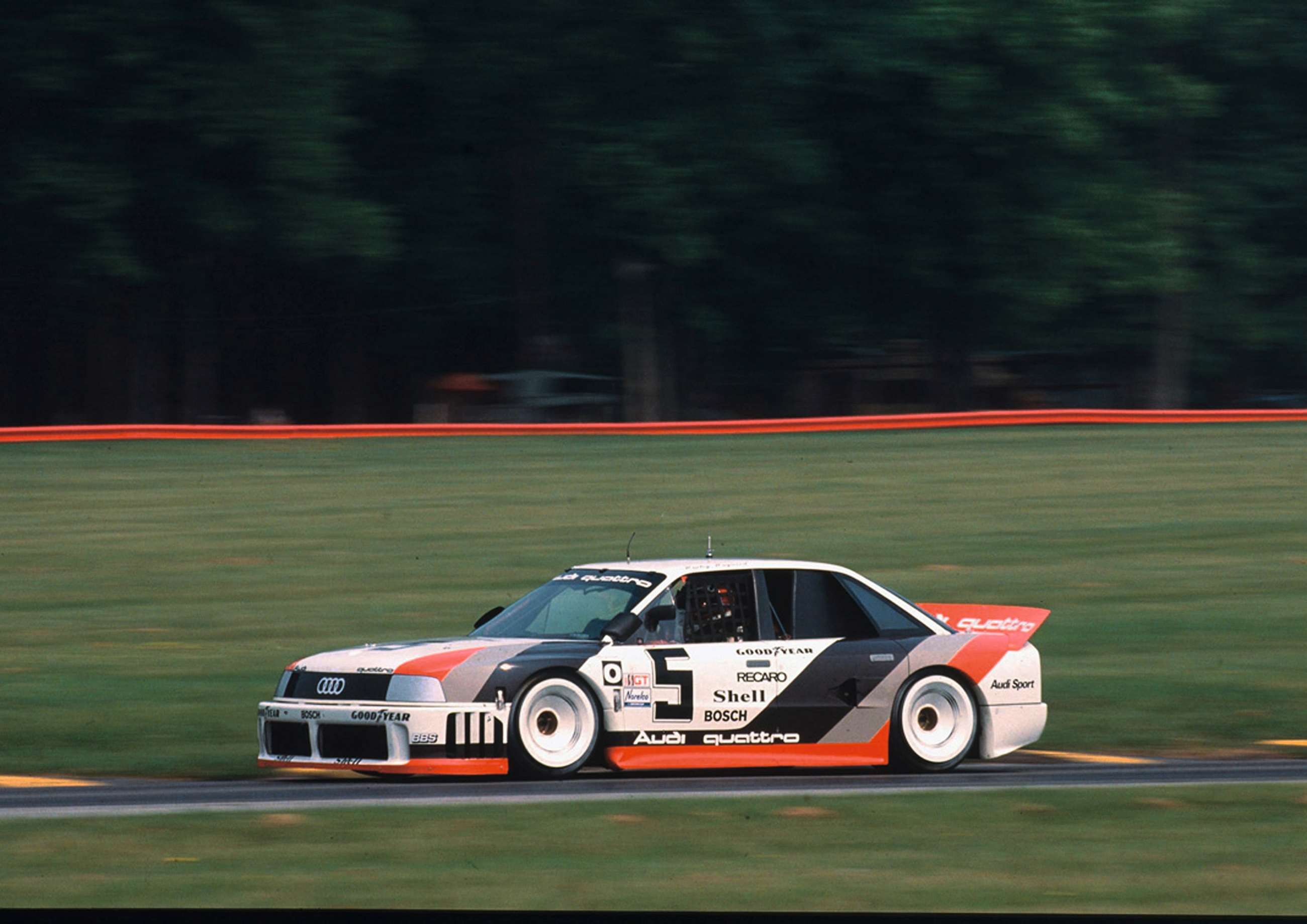 Audi 100 car featuring the first production petrol five-cylinder engine
Audi 100 car featuring the first production petrol five-cylinder engine
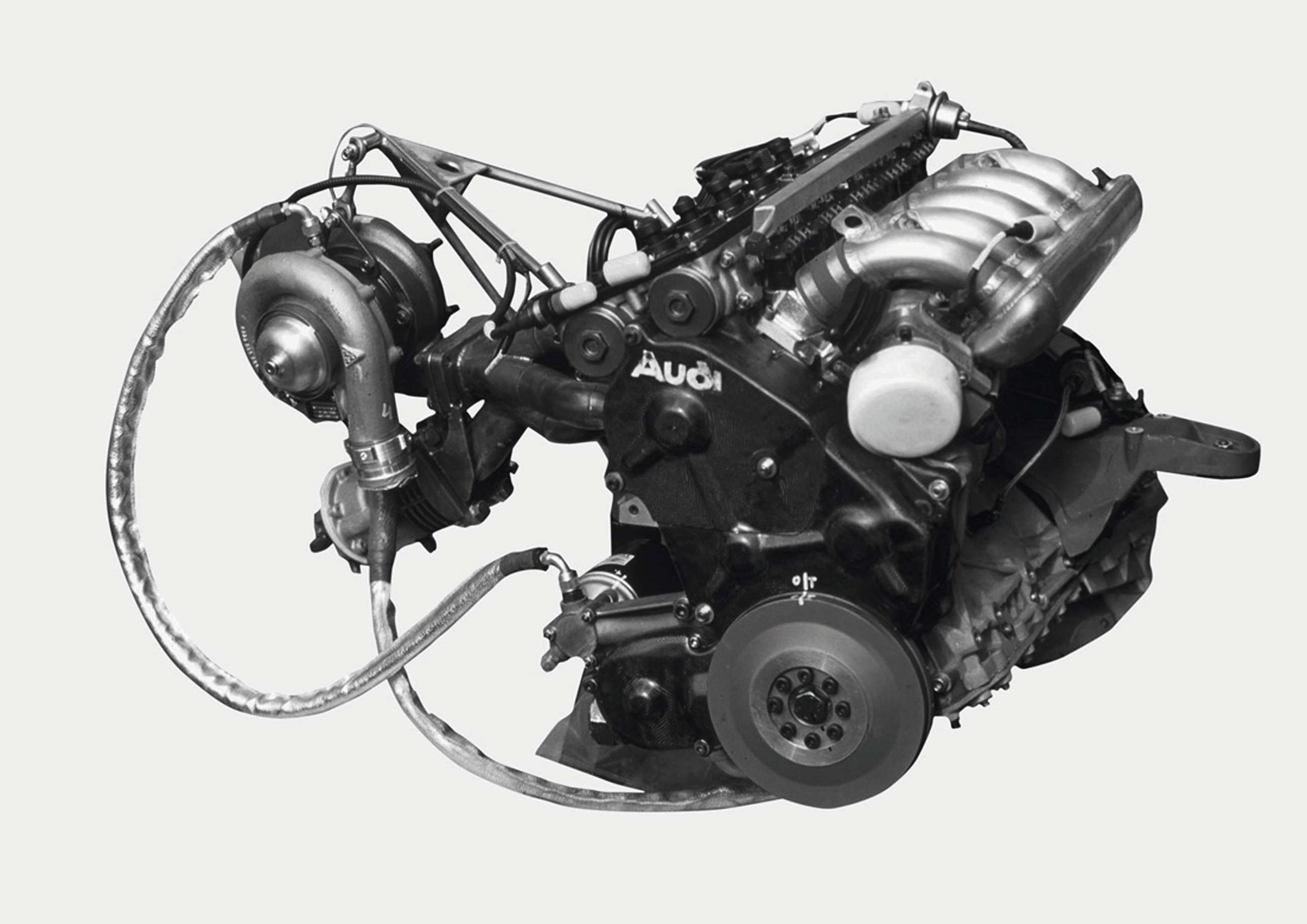 Audi EA828 five-cylinder petrol engine under the hood of an Audi 100
Audi EA828 five-cylinder petrol engine under the hood of an Audi 100
Audi EA828: The First Petrol 5 Cyl Engine for the Masses
Following Mercedes’ lead in diesel, Audi pioneered the petrol 5 cyl engine for production cars with the EA828. Introduced in the second-generation Audi 100 in 1976, this 2.1-litre unit delivered 136PS (100kW). Audi engineers sought a more premium feel than a typical four-cylinder could offer, but packaging and weight concerns ruled out a straight-six. The EA828 5 cyl engine was the elegant solution, providing a unique blend of performance and a distinctive engine note that would become a hallmark of Audi’s identity. This engine laid the foundation for Audi’s long and successful association with five-cylinder powertrains.
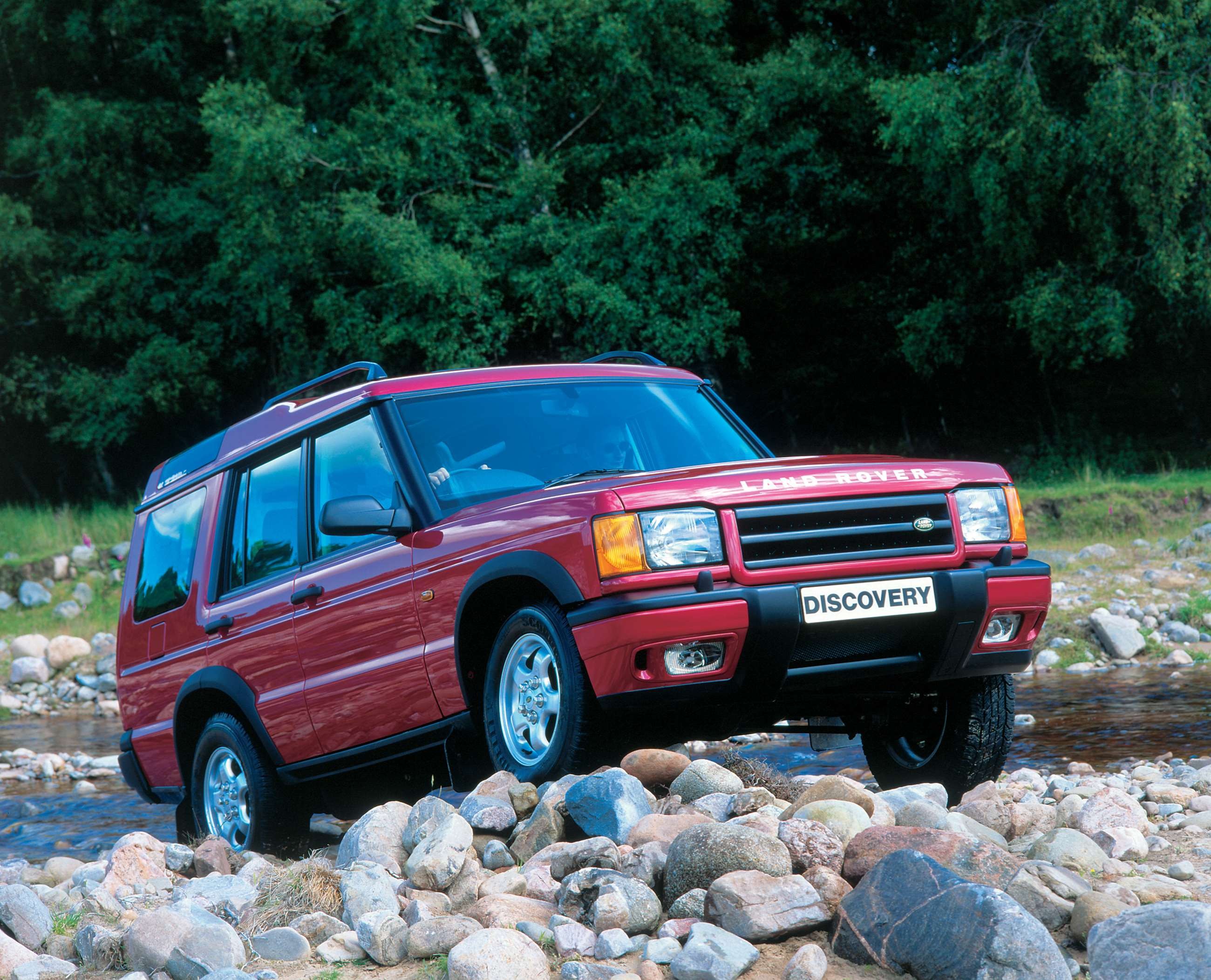 Audi 90 IMSA-GTO race car showcasing its powerful five-cylinder engine
Audi 90 IMSA-GTO race car showcasing its powerful five-cylinder engine
Audi 90 IMSA-GTO: Unleashing the Racing Potential of the 5 Cyl
While the Audi Quattro is often celebrated for its five-cylinder heart, the Audi 90 IMSA-GTO arguably represents the pinnacle of performance for the early Audi 5 cyl engine. Developed from the road-going Quattro engines, the 2.2-litre turbocharged 5 cyl engine in the 90 IMSA-GTO produced a staggering 720PS (530kW). This powerhouse, coupled with a lightweight chassis and advanced engineering, propelled the Audi 90 IMSA-GTO to seven victories in the 1989 IMSA-GTO championship. The various iterations of Audi’s racing 5 cyl engine, ranging from 2.1 to 2.2 liters and featuring 10 or 20 valves, demonstrated the immense tuning potential and robust nature of this engine configuration. The roar of the 90 IMSA-GTO’s 5 cyl engine remains iconic, a testament to its raw power and thrilling performance.
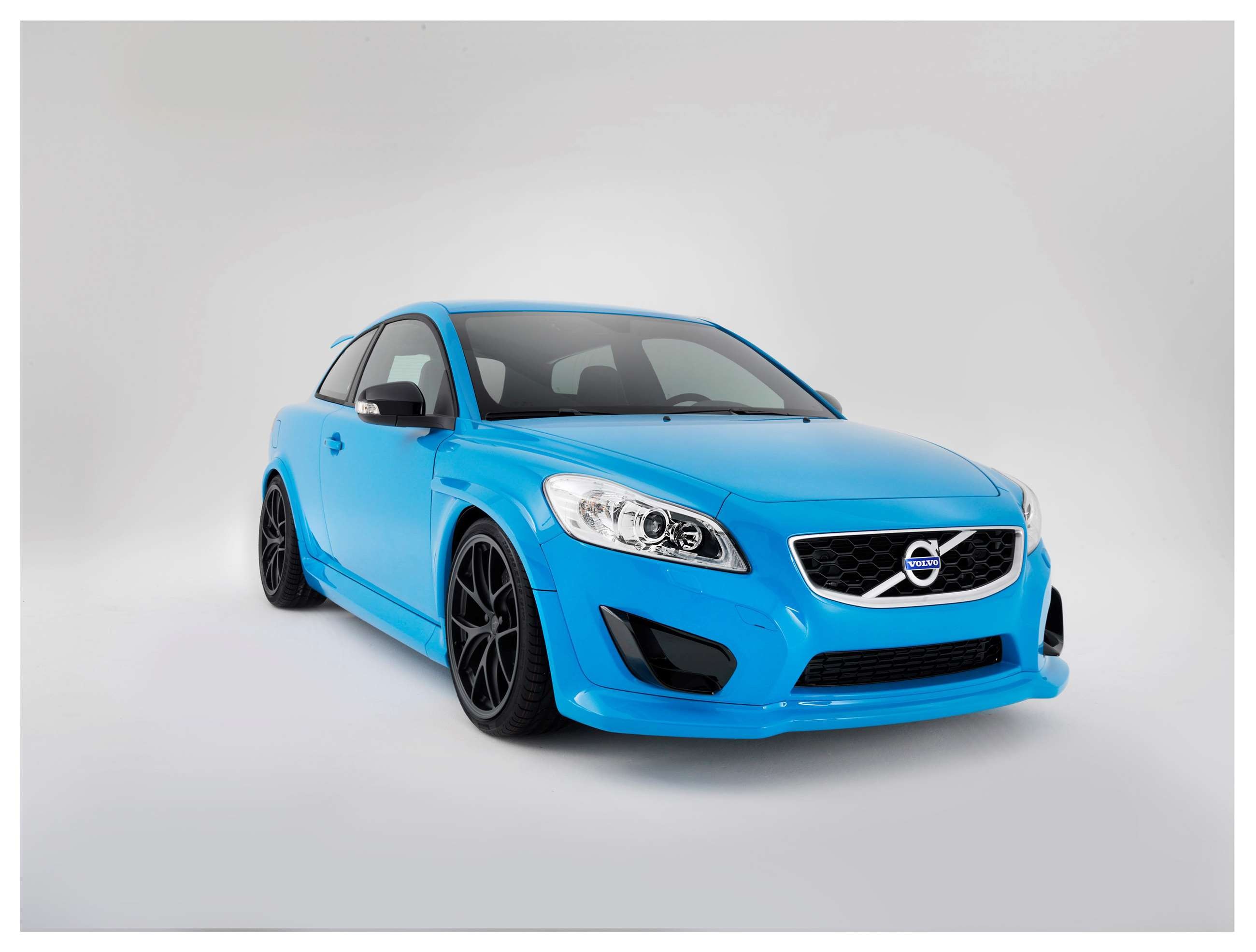 Land Rover Discovery II TD5 SUV highlighting its five-cylinder diesel engine
Land Rover Discovery II TD5 SUV highlighting its five-cylinder diesel engine
Land Rover 10P (TD5): A Reliable and Sonorous 5 Cyl Diesel for Off-Roading
Land Rover joined the 5 cyl engine club in the mid-1990s with the ‘Project Storm’ engine family, designed to meet stringent Euro 3 emissions standards. While the project envisioned four, five, and six-cylinder variants, only the 2.5-litre 5 cyl engine, designated 10P or TD5, made it to production. Debuting in the 1998 Land Rover Discovery Series II, the TD5 produced 136PS (101kW) and 300Nm (221lb ft) of torque, ideal for off-road adventures. Despite initial teething issues, the TD5 became known for its robust reliability and distinctive, pleasing engine note, characteristics highly valued by Land Rover enthusiasts. This 5 cyl engine powered Discoveries until 2007, proving its durability and suitability for demanding applications.
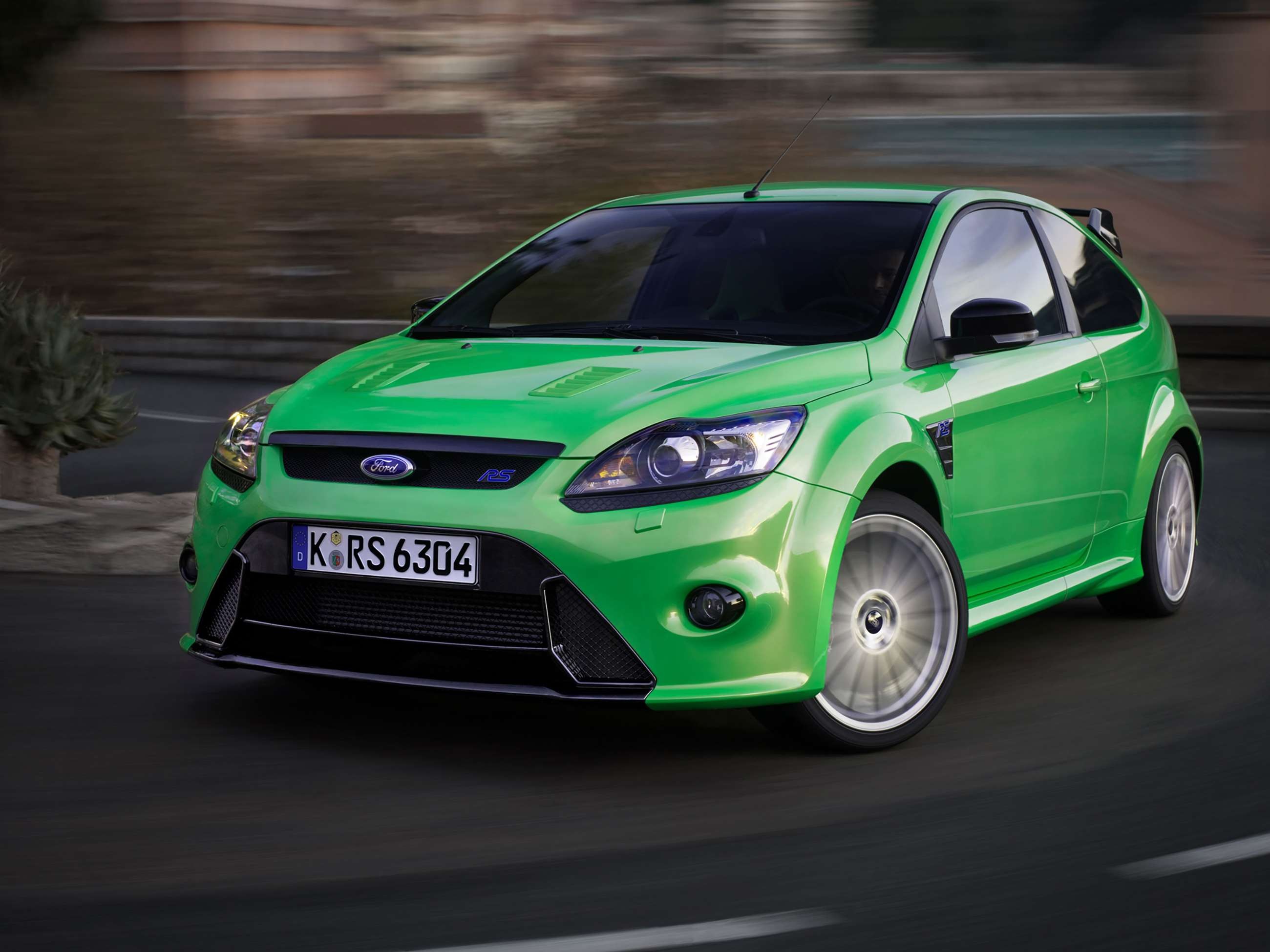 Volvo C30 Polestar Performance Concept Prototype showcasing its high-performance five-cylinder engine
Volvo C30 Polestar Performance Concept Prototype showcasing its high-performance five-cylinder engine
Volvo B5254T7: Pushing the Limits of the 5 Cyl in a Performance Concept
Volvo’s Modular Engine family, born from ‘Project Galaxy’, included a celebrated 5 cyl engine known as the B5254F. This engine family debuted in 1991 in the Volvo 850, with the ‘B’ signifying petrol (‘Bensin’ in Swedish), ‘5’ for the cylinder count, ’25’ for displacement (2.5 litres), ‘4’ for valves per cylinder, and ‘F’ for fuel injection. The ultimate expression of the Volvo 5 cyl engine arguably lies in the B5254T7 found in the C30 Polestar Performance Concept Prototype. This 2.5-litre turbocharged beast, featuring upgraded internals and a larger turbo, generated a remarkable 405PS (298kW) and 510Nm (376lb ft) of torque. This one-off concept demonstrated the high-performance potential of the Volvo 5 cyl engine when pushed to its limits.
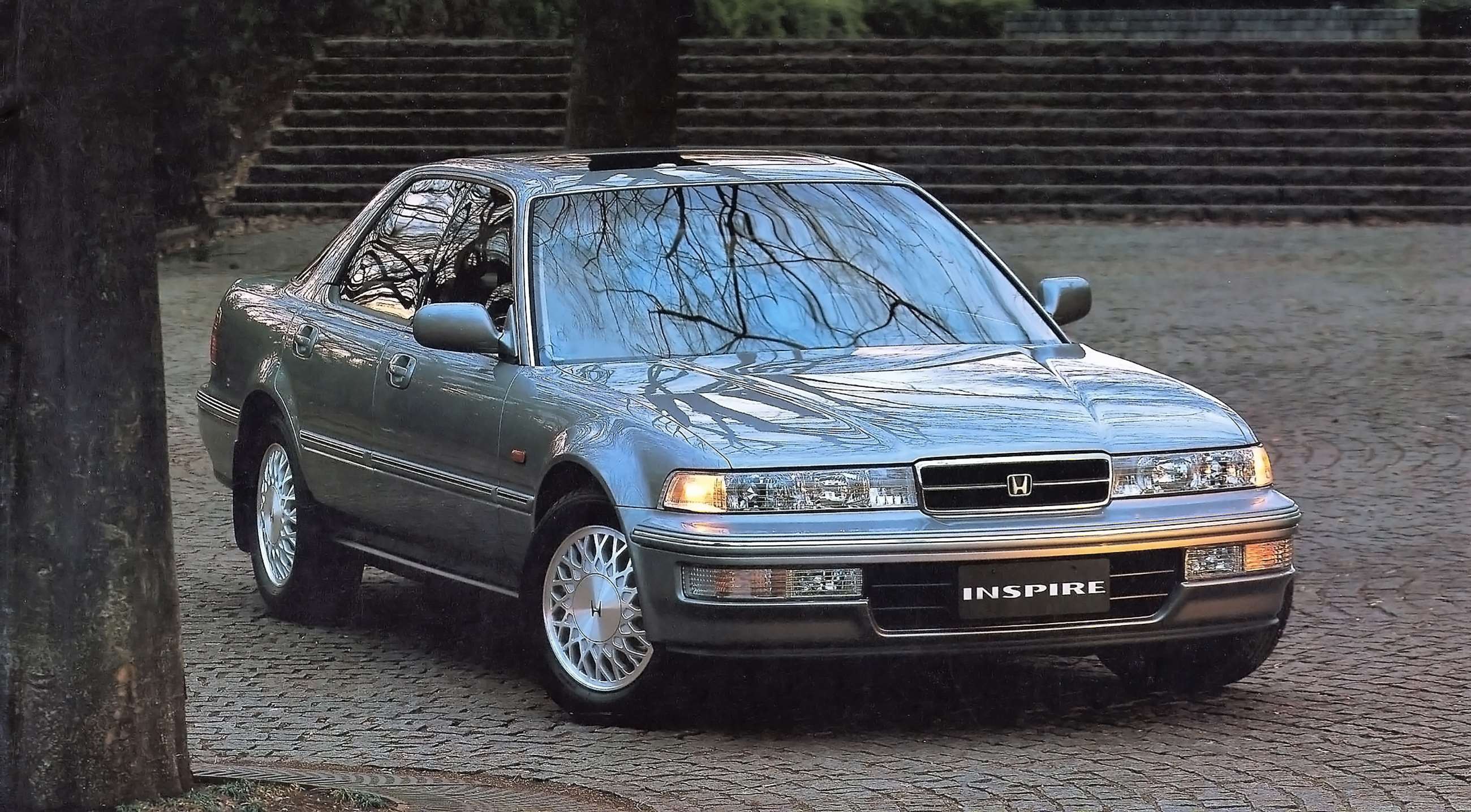 Ford Focus RS MK2 hot hatch featuring its Volvo-derived five-cylinder engine
Ford Focus RS MK2 hot hatch featuring its Volvo-derived five-cylinder engine
Ford Focus RS B5254T3 (Duratec): A Hot Hatch Icon Powered by a 5 Cyl
Ford surprised many by adopting a Volvo-derived 5 cyl engine for the second-generation Focus RS. While Ford rebranded it as a Duratec, the B5254T3 was fundamentally a Volvo Modular engine. In standard form, this 5 cyl engine produced 220PS (162kW), but Ford engineers significantly enhanced it for the Focus RS with stronger components, dual camshafts, and a larger turbocharger. The result was a potent 305PS (224kW) and 440Nm (325lb ft), launching the front-wheel-drive hot hatch to 62mph in 5.9 seconds. The Focus RS became an instant icon, lauded for its thrilling performance, distinctive 5 cyl engine soundtrack, and aggressive styling, proving the appeal of a powerful five-cylinder in a performance car.
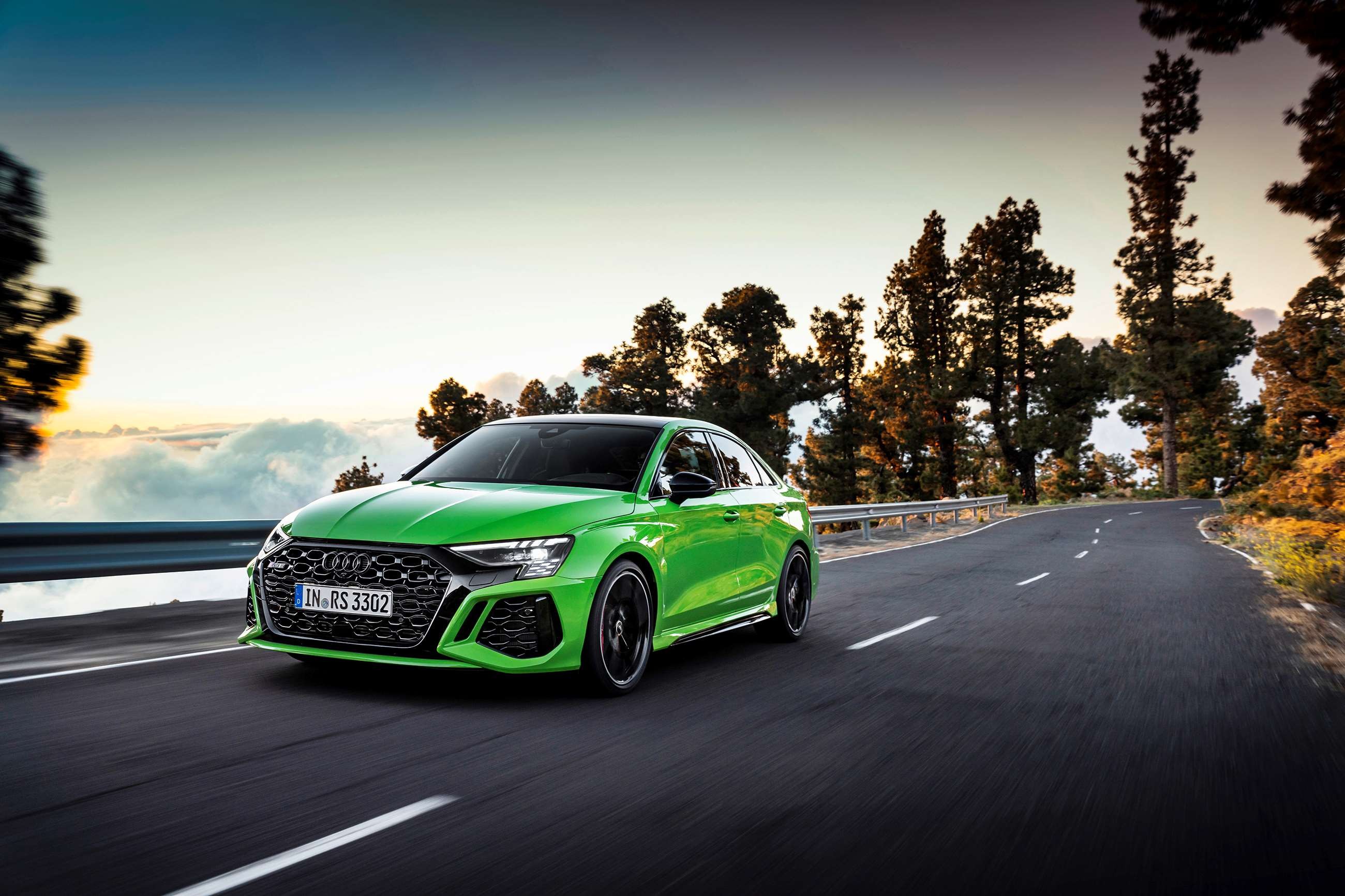 Acura Vigor sedan showcasing its inline five-cylinder engine
Acura Vigor sedan showcasing its inline five-cylinder engine
Honda G25A1: An Unexpected 5 Cyl Gem in the Acura Vigor
The Acura Vigor, particularly the third generation sold in the US from 1991 to 1994, presents a less commonly known example of a 5 cyl engine. Unlike its predecessors, the final Vigor iteration exclusively featured inline-five engines, including the 2.5-litre G25A1 from Honda’s G series family. While not the most powerful on this list with 190PS (140kW) and 237Nm (175lb ft), the G25A1 offered a refined and smooth driving experience, especially when paired with the available five-speed manual gearbox. The Acura Vigor, with its unique 5 cyl engine, provided a distinctive blend of luxury and character in the early 1990s.
Audi RS3: The Modern 5 Cyl Engine Icon, Possibly the Last of Its Kind
The latest Audi RS3 represents the modern embodiment of the 5 cyl engine and perhaps a poignant reminder of its potential swan song. Introduced in 2021, the current RS3 (8Y) boasts a 400PS (294kW) and 500Nm (369lb ft) 5 cyl engine, a further evolution of Audi’s legendary five-cylinder lineage tracing back to the TT RS of 2009. Praised for its exhilarating performance (0-62mph in 3.8 seconds) and captivating exhaust note, often likened to a V10, the RS3’s 5 cyl engine stands as a testament to the enduring appeal of this configuration. However, with the automotive industry rapidly shifting towards electrification, the RS3’s 5 cyl engine may well be the last of its breed, making it a truly special and potentially final chapter in the story of the 5 cyl engine.
The 5 cyl engine, though not as ubiquitous as its four and six-cylinder counterparts, has left an indelible mark on automotive history. From pioneering diesel applications to high-performance icons, these engines have offered a unique blend of characteristics that continue to resonate with enthusiasts today. As technology evolves, the future of the 5 cyl engine remains uncertain, but its legacy as a distinctive and characterful powertrain is firmly cemented.
